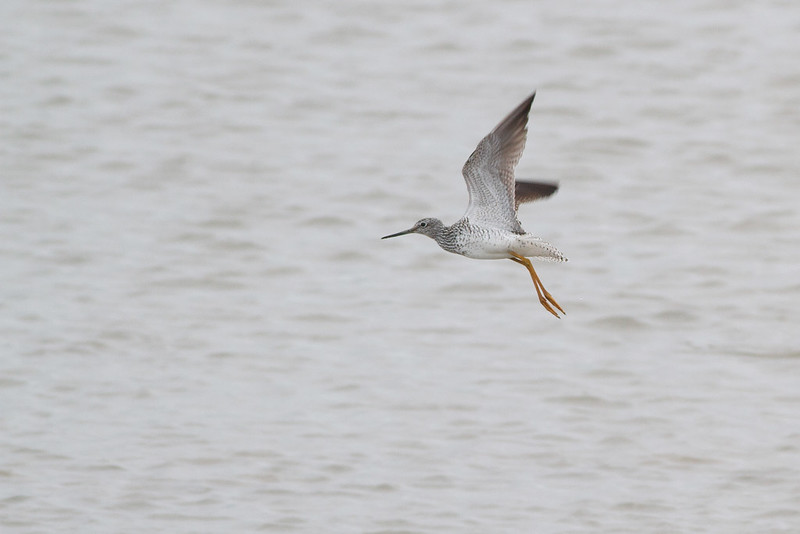... had me a blast.
Great morning down at Coldharbour Lane, Rainham yesterday morning (21st).
Rich B and I had originally intended to spend the morning at Cross Ness but, on waking up and hearing news that that bloody torch was in Greenwich, we diverted north of the Thames and headed east for Rainham. What a good decision that turned out to be.
Having grown up gulling in Peterborough, I'm used to larids being challenging to see and, when you finally get in a good position to look at them, you face the probability of flushing the lot as they're inevitably both wary and flighty. As I've said before, you rarely get a good view of the majority of gulls present in a session; most of the sites they frequent are private, difficult to get in to, or both. I would say that in an average session I manage to check less than 50% of the gulls, with this total particularly low in summer when vegetation hampers viewing even further.
So, what of such a rant? Well, I must say I was hugely impressed with
the setup at Rainham. Having the pleasure of being able to see hundreds
of gulls unobscured and at relatively close range is always great for
me, but particularly so in summer. Here you get great views of the birds loafing on the
Thames by the stone barges, and also good views loafing within the tip
complex itself. Unsurprisingly, I was keen to get stuck in, pulling out
this 2nd-summer
Caspian Gull almost right away:
 |
| 3cy cachinnans: note the small white mirror on retained p10 - diagnostic of the species |
 |
| ... and here you can see the retained third generation tail feathers. |
It quickly became apparent that there were shed loads of
Yellow-legged Gulls around: in the three or so hours we spent at Rainham, we estimated that we had seen at least 40. Many of these were juveniles; some were really blatant but others had us scrutinizing much more closely - experience from foreign trips to e.g. Morocco has taught us both that
michahellis can be remarkably Lesser Black-backed-like, and vice versa. The rest of the birds we saw were 3cy+, with plenty of second-summers and adults although strangely, we could not find a single first-summer anywhere. This is something I've noticed in Peterborough; 2cy birds are often present throughout June and early July but slowly decrease in number, being replaced by juveniles and older birds as July progresses. Not sure why this is, but it can't all be down to inept observers!
 |
| Juveniles of argenteus (left) and michahellis (right). |
 |
| Juvenile michahellis having a stretch, juvenile argenteus looking dumb. |
 |
| 4cy michahellis: particularly washed out bare parts on this one. |
 |
| Juvenile michahellis having a drink on the Thames. |
 |
| Another juv michahellis; note commenced moult in the scaps. |
 |
| Pseudo-michahellis, presumably intermedius? |
Rich picked out a smashing juvenile
Mediterranean Gull (probably the freshest I've ever seen) while, earlier in the morning, I cottoned on to harsh 'kir-iick' of an adult
Sandwich Tern as it bombed westwards upriver - had there been a breath of wind, I imagine it would have sneaked by unnoticed. We also had a few locally-ringed Herring Gulls, and a juvenile gull complete with yellow ring. Hopefully report back on this later in the week, as we're a little confused right now.
Leaving the sights and smells of Rainham behind, we headed over the Thames (via a snarled up Dartford Crossing) to Crayford. Very few gulls here, so we continued west to Cross Ness. Again, it was very quiet along the foreshore on the rising tide, with entertainment being provided by four Black-tailed Godwits and at least six Common Sandpipers. After scoring a McDonald's, it was back towards birdless West London for a sleepy afternoon in the sun.











































